In modern golf courses, technology has played a crucial role in improving capability and strategizing during play. Golf rangefinders and golf watches are the two most popular gadgets used when playing golf. So is one truly superior to the other?
This article is going to provide you with a comprehensive explanation of golf watch vs rangefinder, so that you can make an informed choice on what gadget to utilize.
Part 1. What is a Golf Watch?
Golf watches are smart devices that combine GPS positioning, data tracking, and course information into one wearable device. Worn around your wrist, they not only show distances to individual holes but also monitor shot patterns, swing data, and overall course layout.

Advantages:
Convenient and hands-free: With its constant presence on your wrist, a golf watch is always on hand to provide distance and course data quickly whenever it becomes necessary during a round.
Real-time data tracking: Real-time tracking provides real-time insight to improve your game by monitoring key statistics such as strokes, putts, fairways hit and greens in regulation - providing invaluable opportunities for improvement in real time.
Multifunctional features: Higher-priced units include multifunctional features for health tracking such as heart rate monitoring, step counting and weather notifications both on-course and off-course functionality.
Disadvantages:
On short shots or hills: golf watches may not provide as accurate a reading as laser range finders; this could impede decision-making when making large swings.
Battery powered: Extended rounds or tournaments may necessitate frequent charging or transport of an alternative power source, limiting continuous use.
Part 2. What is a Golf Rangefinder?
A golf rangefinder is a tool that mainly employs laser or radar technology to rapidly measure the exact distance from your location to the flagstick, hazards, or other targets on the course. Generally a handheld device, it may offer accurate distance readings in seconds, assisting golfers in making good club choices and shot decisions.

Advantages
High accuracy: Laser rangefinders can be measured almost up to the meter, or even centimeter, which is ideal for competitive play and accurate shots.
Quick determination of distance: They allow golfers to quickly zero in on the flagstick or other target, which encourages the smooth flow of play and eliminates waiting time.
Multiple target measurement: The majority of models are able to measure distance to multiple objects, like hazards or layup spots, to provide strategic data for planning the course.
Disadvantages
Handheld usage required: A rangefinder is less convenient to utilize than a golf watch because it must be held and aimed manually when in use.
Weather sensitivity: Rain, mist, or excessive sunlight may interrupt laser measurement, particularly reducing precision in poor weather conditions.
More pricey: Higher accuracy rangefinders are more expensive than golf watches, which may be inopportune for budget-conscious individuals.
Part 3. Golf Rangefinder vs Watch: Key Differences
When choosing golf equipment, it is essential to understand the primary differences between a golf watch and a rangefinder. This paragraph provides a detailed comparison of accuracy, portability, features, battery life, and price so that you can make an informed decision based on your skill level and playing needs.
1. Accuracy
Golf watches provide general accuracy with GPS technology. They can give you approximate distances to the green, hazards, and fairways, which is sufficient for recreational play and general course strategy. But in range shots or tricky ground, the distance may be a few meters off.
Golf rangefinders, however, utilize laser or radar technology to give very precise readings, typically down to the meter, or even centimeter. This accuracy is necessary for professional golfers or those who want to make precise club choices in competitive rounds.
2. Portability
Golf watches are extremely convenient because they are strapped to your wrist, so your hands are free for clubs and other devices. You don't have to hold other devices, so it is easy to take distances or get course information at any moment.
Rangefinders are handheld, so they occupy your hands holding them and aligning the target for each read. While most are light and transportable, having to handle them constantly is a bit inconvenient on long rounds.

3. Battery Life
Golf watches have longer battery life, up to various rounds or even days based on usage and functionality. Quick charging is also available in some high-end devices.
Rangefinders have replaceable or rechargeable rangefinder batteries with shorter total lifespan so that you may need to bring extra batteries or recharge during extended playtime, especially during competitions.
4. Features
Golf watches deliver more than just basic distance measurement in multifunction. They deliver GPS position, accurate course map, shot tracking, stroke analysis, and even health monitoring in the form of heart rate monitoring or step tracking in premium watches.
Rangefinders are more specialized, they do laser distance measuring, flagstick lock, and sometimes slope adjustment to account for uphill or downhill shot. While very accurate, they usually do not have additional fitness or tracking features.
5. Price
Golf watches are cheaper than golf rangefinders and affordable for regular and novice golfers. They vary from cheap to high-end depending on brand and capabilities, but even mid-range watches have a big range of features.
High-accuracy rangefinders are more expensive due to advanced laser technology, slope adjustment, and more accurate readings, which could be an issue for frugal golfers.
Summary Table
|
Feature |
Golf Watch |
Golf Rangefinder |
|
Accuracy |
Moderate; good enough for recreational use, may vary slightly in complex terrain |
High; laser-accurate, normally precise to the meter or even centimeter |
|
Portability |
High; worn on the wrist, no need to hold |
Medium; handheld, requires aiming at targets each time |
|
Battery Life |
Longer; can last multiple rounds or even days |
Shorter; may need spare batteries or recharging |
|
Functions |
GPS, shot tracking, course maps, stroke analysis, optional health monitoring |
Laser distance measurement, flag locking, slope calculation |
|
Price |
Generally less expensive; functionality suited for the average player |
Generally more costly; accuracy comes at a price |
How to Pick Rangefinder vs Golf Watch?
Golf watches are ideal for casual golfers, beginners, or those who prefer improving the game from data analysis and convenience. They are ideal for monitoring performance overall while having your hands available.
Golf rangefinders are better suited for professional or better golfers, tough courses, and competitive events where precise distance reading is extremely crucial. When each meter counts in your game, the best choice is a rangefinder.

Part 4. Practical Tips for Using Golf Watches and Rangefinders
In order to achieve maximum benefit from your golf technology, it's important to utilize both rangefinders and golf watches. This chapter provides helpful tips on how to stay accurate, check performance, and learn proper technique use in order to enhance your game and maximize every round.
Golf Watch:
Keep course maps current regularly: Keep your GPS data fresh with the watch's course maps updated. Most watches offer automatic updates or downloadable maps for recent course changes.
Learn about your game from recorded data: Use the watch to record shots, putts, and swing tendencies. Review of this data can assist you in identifying strengths and weaknesses, make adjustments to your swing, and improve overall play.
Personalize alerts and features: Set distance alerts, hazard alert, or even heart rate monitoring to make your rounds more efficient and customized.
Golf Rangefinder:
Clean lens: Dust, dirt, or smudge on the lens will impact laser accuracy. Clean the lens with a soft cloth as frequently as possible for precise measurements.
Master proper measuring technique: You will want to learn the perfect stance, holding angle, and flag-locking processes. Consistent technique improves speed and accuracy when measuring to the pin or hazards.
Understand slope and target modes: Some rangefinders have slope compensation or multiple target modes. Knowing how these modes work can allow you to make smarter club selection on sloping ground.
Conclusion: Golf Watch vs Rangefinder - Which is Better?
Each of golf watches and rangefinders has its strengths: watches are handycapabloumengjiee and multi-functional, whereas rangefinders are highly accurate and fast target locking.
The decision between them is based on your level of proficiency, playing situations, and price. In any case, the efficient use of your chosen device will greatly increase your performance on the course and make each shot more accurate and confident.
For a beginner, a golf watch is a good place to start. As you develop skills, you may want to invest in a rangefinder. For those golfers who value accuracy and competitive play, a rangefinder is just about a requirement.

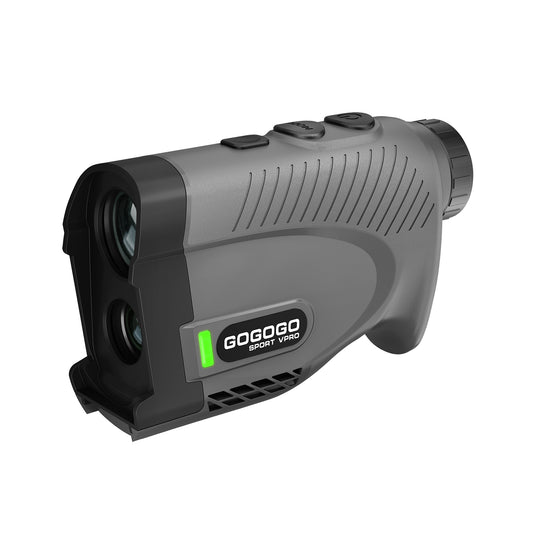
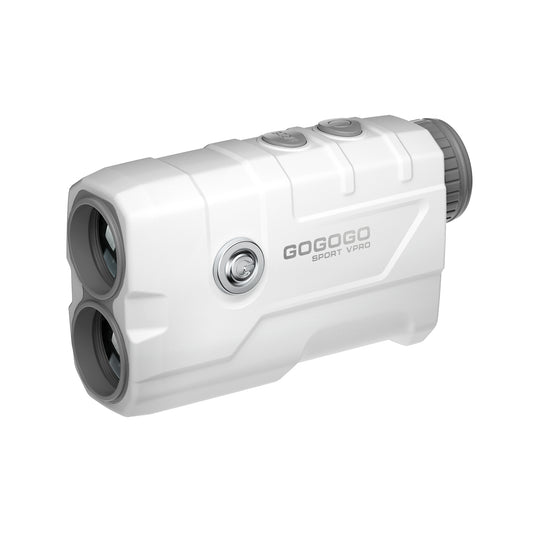
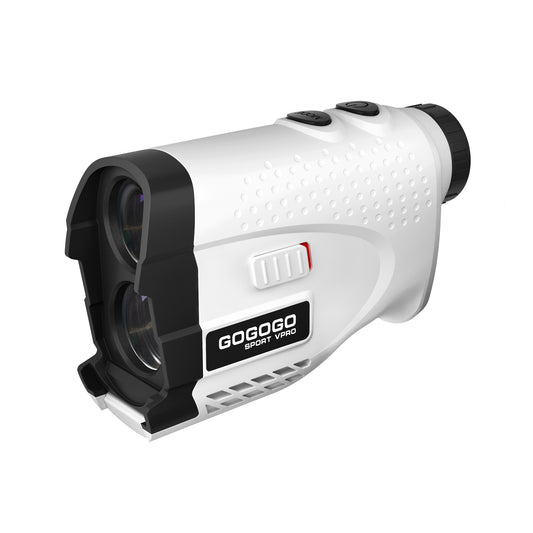

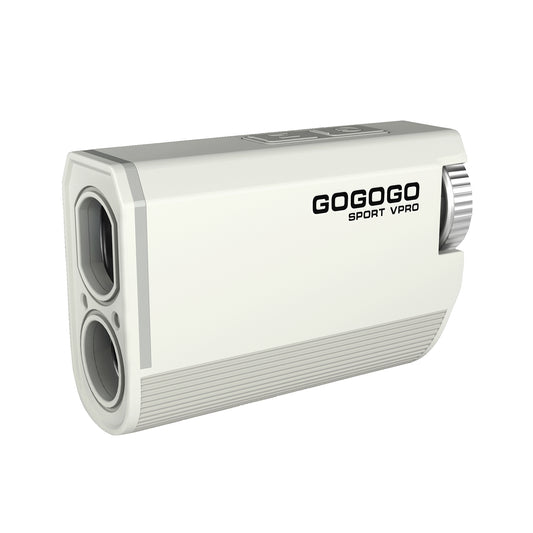
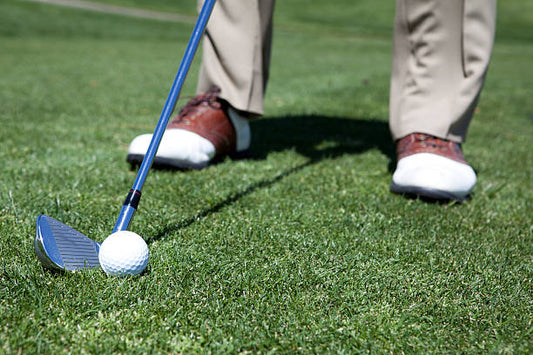
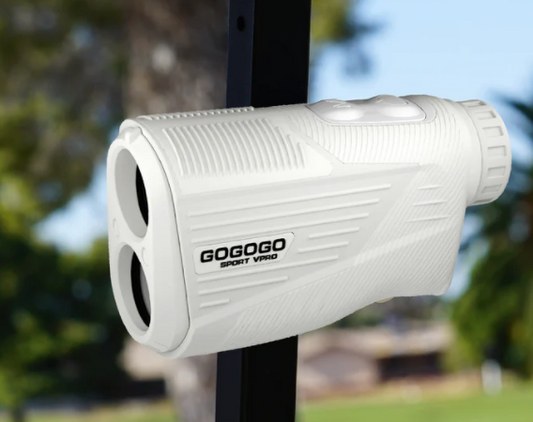

![[2025] The Ultimate Guide to Pinseeker Rangefinders for Golfers](http://gogogosport.com/cdn/shop/articles/gogogo_sport_vpro_pinseeker_rangefinder.png?v=1757993796&width=533)